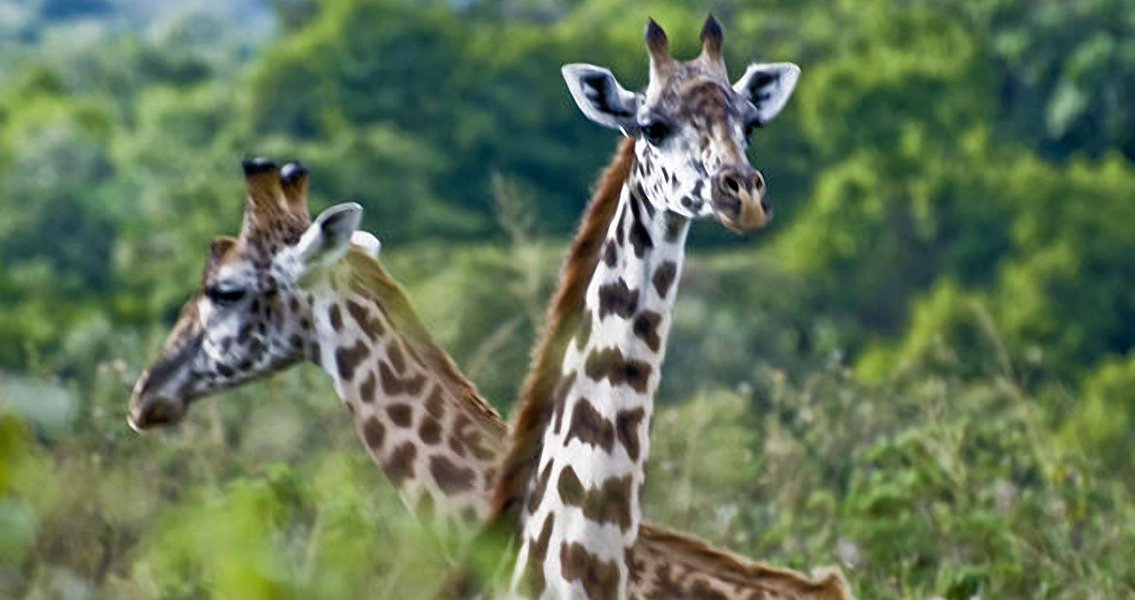<![CDATA[We take it as fact that giraffes have long necks to find food and/or be more efficient fighters, but so far this “fact” has not been based on a lot of actual evolutionary evidence. A team of scientists has become the first to get a glimpse into the evolution of these animals’ extremely long necks, establishing that the elongation happened in two stages and that modern giraffes are the only species that underwent both of them. The study was led by palaeontologist and anatomy professor Nikos Solounis from the College of Osteopathic Medicine with the New York Institute of Technology, and anatomist Melinda Danowitz, who looked at 71 samples from nine extinct and the only two living species belonging to the giraffe family (the giraffe proper and the okapi). The study specifically concentrated on the cervical vertebrae of the fossils and discovered that both stages of elongation happened within the third cervical vertebra, media report, citing a paper published in the Royal Society Open Science journal. Interestingly, the elongated neck was a feature of proto-giraffes even before the giraffids became a distinct family, around 16 million years ago, Heritage Daily quotes Danowitz as saying. Some seven million years ago, the front portion of the third cervical vertebra, the one that is closer to the skull, started to grow longer. This was discovered in fossils of an extinct species called Samotherium. Six million years later, the second stage of elongation took place, in the back part of the third cervical vertebra. Modern giraffes are the only species still surviving to this day that underwent both stages of the elongation, to get where they are now, with their third cervical vertebra similar in length to the upper arm bone of an adult human. Meanwhile, the okapi only experienced the first stage of elongation and over the following millions of years its neck underwent a kind of reverse evolution, with the animal ending up with a shorter neck than it had started with. The giraffes, National Geographic author Brian Switek notes, are not the only animals in history with superlong necks. The rest, however, were all dinosaurs, whose neck evolution involved the emergence of additional vertebra. Giraffes only have seven cervical vertebrae, like humans. Apparently, Switek writes, the giraffes were constrained by their mammalian anatomy, so they evolved long necks in other ways. The team responsible for the research verified its findings using a mathematical model that showed how the cervical vertebrae would develop over these millions of years, Live Science reports. According to the model, after the initial lengthening that Samotherium underwent, its third cervical vertebra would need a second phase of elongation, which confirmed what the researchers found from the fossils they had studied. Regarding the purpose of the long necks, Melinda Danowitz said that both possible reasons – reaching food and gaining a fighting advantage (for the males) in order to improve mating chances – remain valid possibilities. The debate as to which one was the driver of this unique neck evolution will probably continue but at least there will be more clarity as to the mechanism behind it. For more information: “Fossil evidence and stages of elongation of the Giraffa camelopardalis neck ”à> Image courtesy of Wikimedia Commons user: Fiona Bischof]]>
Study Finds How Giraffes Evolved Long Necks
